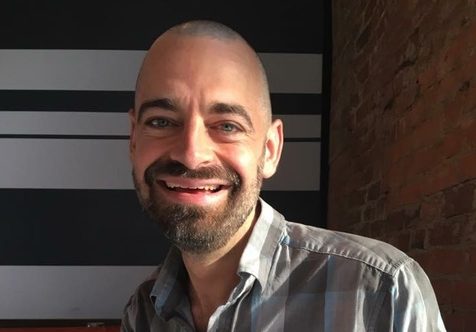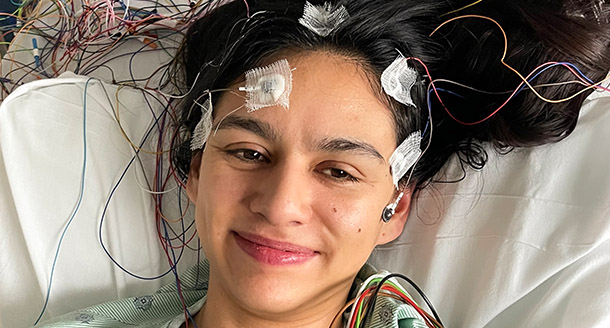“It is very unlikely that you will not have a recurrence,” my neuro-oncologist said softly, leaning in to fold his hands together, interlocking his fingers, “but you have many positive prognostic indicators in your favor, including your age, IDH1 mutation status, and general good health.” With this information—vague and uncertain to a newly diagnosed patient, a novice in this space, my nurse reached across from her chair to grasp my hand and my wife’s, one hand in each of hers, and she squeezed. The nonverbal communication conveyed more than words.
I am a recipient of the devastating diagnosis: glioblastoma.
I am 35-years old. I enjoy generally good health. Indeed, the recurring joke I tell to break the ice is, “other than, you know, the brain cancer, I’m very healthy.” My wife and I have three young kids, all boys, now six-years old and younger. At the time of diagnosis, I was an instructional design lead, overseeing a team of content developers at a medium-sized training and development contract firm. I hold a master’s degree in Philosophy, with a focus in the philosophy of science. Days before surgery, my neurosurgeon said to me, “I cannot believe the person I saw on those MRI images is the same person who is now sitting in my office,” ostensibly because I was functioning at a very high level, despite the 71mm primary brain tumor in my medial-right parietal lobe.
After enduring months of (undiagnosed) seizures, episodes of weakness and sensory issues impacting the left side of my body, and urging my general practitioner to continue ordering tests to get to the bottom of things, I was ordered to a stat MRI, which would reveal the mass and put in motion events leading to my diagnosis.
“Doc, do what you need to do, put me in a wheelchair, if you have to, but please protect as much higher level cognitive processing as you are able,” I naively pleaded to my neurosurgeon. A craniotomy and surgical resection, while I remained awake to maximize debulking and minimize loss of function, was the course of action recommended by the hospital’s tumor board. “That was a good procedure,” I reported to my wife before falling into a deep sleep in the neuro-ICU following surgery.




